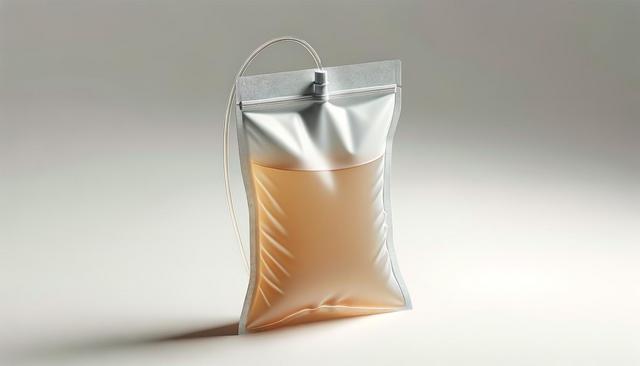Understanding the Basics of Urinary Catheters
Urinary catheters are essential medical devices designed to assist individuals with urinary incontinence, a condition that causes involuntary leakage of urine. These catheters are particularly beneficial for those who struggle with bladder control due to various medical conditions. A standout feature of modern urinary catheters is their antibacterial and anti-infection attributes, which are critical in preventing complications related to infections. Furthermore, technological advancements have enabled the development of catheters that are both recyclable and detachable, ensuring not only a reduced environmental impact but also enhanced user convenience. The use of high-grade medical silicone in their construction ensures durability, making them a reliable choice for long-term use.
Attributes of a High-Quality Urinary Catheter
The market offers a variety of urinary catheters, each boasting different features. However, a high-quality catheter typically possesses several key attributes:
- Antibacterial and anti-infection properties to reduce the risk of urinary tract infections.
- Recyclability and detachability for ease of cleaning and maintenance.
- Constructed from medical-grade silicone for superior comfort and longevity.
- Designed to be discreet, reducing embarrassment associated with urine leakage.
These features collectively ensure that users can manage their condition effectively while maintaining a high quality of life. The durability of these catheters, particularly those made from silicone, allows for extended use, making them a cost-effective choice for long-term management of urinary incontinence.
How to Choose a Cost-Effective Urinary Catheter
Selecting the right urinary catheter can significantly impact both the user’s comfort and financial expenditure. To obtain a cost-effective option, consider the following factors:
- Material quality: Opt for catheters made from durable materials like medical-grade silicone.
- Longevity: Choose catheters that promise long-lasting use, reducing the need for frequent replacements.
- Recyclability: Consider catheters that can be easily cleaned and reused, contributing to cost savings.
- Supplier reputation: Purchase from reputable suppliers to ensure product authenticity and quality.
By focusing on these aspects, individuals can make informed decisions that align with their healthcare needs and budgetary constraints.
Tips for Maintaining Your Urinary Catheter
Proper maintenance of a urinary catheter is crucial to ensure its longevity and effectiveness. Here are some maintenance tips:
- Regular cleaning: Follow the manufacturer’s instructions for cleaning to prevent bacterial buildup.
- Inspect regularly: Check for signs of wear and tear, replacing parts as necessary.
- Store properly: Keep the catheter in a clean, dry place when not in use.
By adhering to these maintenance practices, users can extend the lifespan of their catheters while minimizing the risk of infection and other complications.
Conclusion: Embracing Convenience and Comfort
In conclusion, urinary catheters serve as vital tools for individuals dealing with urinary incontinence. By selecting catheters that are antibacterial, anti-infection, recyclable, and made from high-grade silicone, users can enjoy both cost savings and improved quality of life. These catheters are not only practical but also designed to be discreet, allowing users to manage their condition with confidence and dignity. With proper selection and maintenance, individuals can say goodbye to the embarrassment of urine leakage and embrace a happier, more comfortable lifestyle.
